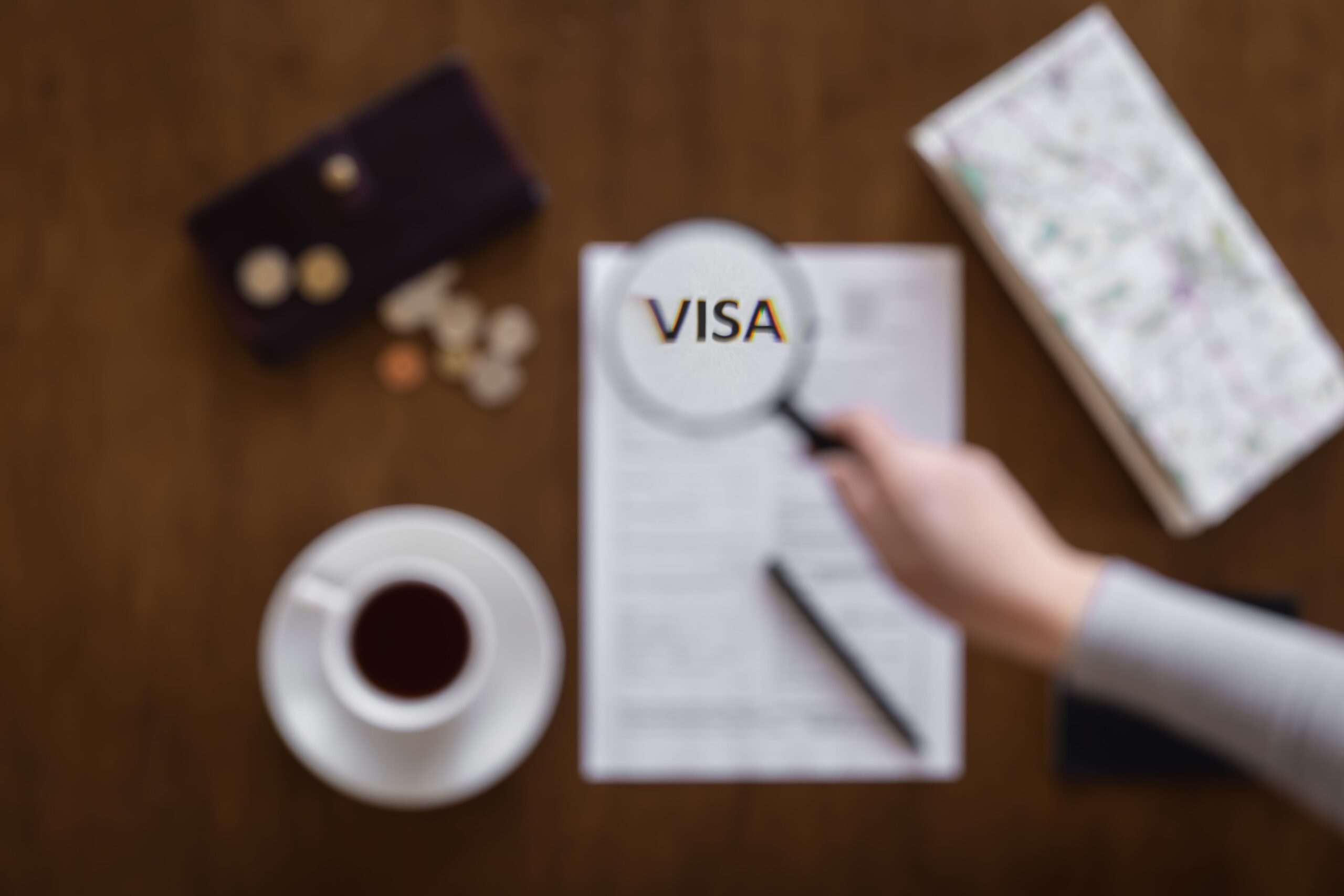Visa Subclass 186 Nomination Refused? Here’s What to Do Next
Receiving a refusal for your visa subclass 186 nomination can be stressful and confusing, especially if permanent residency in Australia is on the line. But a refusal doesn’t always mean the end of the road—there are still legal options available to appeal, correct, or reapply.
In this guide, we’ll walk you through:
- What visa subclass 186 is
- Common reasons for nomination refusals
- What your next steps should be
- How to improve your chances with expert support
Need urgent help with a 186 visa refusal?
Book a free consultation with AIM Lawyers to assess your options and plan a successful next step.
What Is Visa Subclass 186?
Visa subclass 186, or the Employer Nomination Scheme (ENS) visa, is a pathway to permanent residency for skilled foreign workers who are nominated by an Australian employer.
There are three streams:
- Temporary Residence Transition (TRT): For 482 visa holders who have worked with their employer for a set period.
- Direct Entry (DE): For individuals who meet skill and experience requirements but have not worked in Australia.
- Labour Agreement: For workers under a company-specific agreement approved by the government.
The first step in the process is for the employer to lodge a nomination with the Department of Home Affairs. If the nomination is refused, the visa itself cannot proceed—even if the applicant is otherwise eligible.
Explore the requirements in detail on our
Visa Subclass 186 Requirements Page
Why Are Subclass 186 Nominations Refused?
Nomination refusals can occur for a variety of reasons. Understanding these issues is key to planning your next move.
1. The Position Is Not Genuine
The Department must be satisfied that:
- The role is a legitimate and ongoing business need
- The duties match the nominated ANZSCO occupation code
- The job has not been created simply to support a visa application
2. Incorrect Occupation Classification
Your nominated occupation must be:
- Appropriately selected
- Consistent with the role previously held (especially for TRT applicants)
- Matching the 6-digit ANZSCO code relevant to the role and stream
3. Salary Falls Below Thresholds
Nominations are often refused when:
- The salary is below the Core Skills Income Threshold (CSIT)
- It is lower than market salary rates
- The employer cannot demonstrate how the rate was determined
4. Employer Compliance Concerns
The Department may refuse if:
- The employer has breached past sponsorship obligations
- The business is not financially viable
- There is negative information linked to directors or operations
5. Poor or Incomplete Documentation
Common examples include:
- Vague job descriptions
- Missing contracts, pay slips, or tax records
- Lack of evidence showing the business is actively operating
What Happens After a Nomination Refusal?
Once a nomination under visa subclass 186 is refused, the associated visa application is also automatically refused—even if it was submitted at the same time and even if the applicant meets the personal visa criteria.
The employer and/or applicant will receive a written notification outlining:
- Reasons for refusal
- Whether the decision is reviewable by the Administrative Appeals Tribunal (AAT)
- Time limits for lodging an appeal (if applicable)
Your Legal Options After Refusal
1. Apply for an AAT Review
If your application includes review rights, you can appeal the refusal to the Administrative Appeals Tribunal (AAT). This is known as a merits review, where the case is reconsidered from scratch.
Key points:
- You must lodge the appeal within 21 calendar days
- Only the nominating employer can appeal the nomination decision
- The visa applicant may appeal their visa refusal separately
- You can provide new or additional evidence
AAT reviews can take months but often offer the chance to fix errors or strengthen your case.
2. Reapply With a Stronger Nomination
If no review rights exist (e.g. offshore applications or specific nomination streams), or if your situation has changed, you may submit a new nomination addressing the issues raised.
Ensure the second attempt includes:
- Correct ANZSCO classification
- Updated business and financial documents
- Strong justification for the position
- Consistent, detailed documentation
3. Consider Alternative Visa Pathways
In some cases, it may be more practical to pursue another skilled migration pathway, such as:
- 482 Temporary Skill Shortage visa
- 494 Skilled Employer Sponsored Regional (Provisional) visa
- State-nominated skilled visas like 190 or 491
To evaluate other options, read:
482 Visa to Permanent Residency Guide
Strengthening Your Future Subclass 186 Nomination
Whether you’re reapplying or appealing, a successful nomination depends on a well-prepared and compliant submission. To improve your chances:
- Use the correct ANZSCO code and explain the role clearly
- Include market salary benchmarking and a detailed contract
- Provide updated financial records (BAS, bank statements)
- Submit current evidence of business activity and staffing
- Avoid inconsistencies across your nomination and visa forms
Even small errors can lead to refusals—so attention to detail is critical.
Need help preparing a compliant nomination?
Book your free consultation to get expert support and advice.
Frequently Asked Questions (FAQ)
1. What is visa subclass 186?
Visa subclass 186 is the Employer Nomination Scheme visa, which allows skilled workers to gain permanent residency through employer sponsorship. It includes TRT, Direct Entry, and Labour Agreement streams.
2. Can I appeal a 186 nomination refusal?
Yes, if your case includes review rights, your employer can lodge an appeal with the AAT within 21 calendar days of the refusal.
3. What if the AAT appeal is unsuccessful?
If the AAT affirms the refusal, you may explore reapplying, pursuing another visa, or—in limited cases—judicial review if there was a legal error in the decision.
4. Can I stay in Australia during the appeal?
If you lodge a valid appeal and hold a bridging visa, you may stay lawfully in Australia while awaiting the outcome of the AAT review.
5. How long does the AAT process take?
AAT decisions can take between 6 and 18 months depending on case complexity and Tribunal workload.
Ready to challenge a refusal or reapply with confidence?
Book a free consultation with AIM Lawyers and get professional support tailored to your visa subclass 186 situation.

